| |
A typical capacitor checker measures the capacity (usually in micro farads) of the test capacitor. Some advanced units also test for leakage current. Most of these testers require that the capacitor be removed from the circuit. Unless the capacitor has totally failed, they will not detect a high ESR value. In a typical circuit, there may be 10's or 100's of capacitors. Having to remove each one for testing is very tedious and there is a great risk of damaging circuit boards. This tester uses a low voltage ( 250mv ) high frequency (150khz) A/C current to read the ESR of a capacitor in the circuit. The in circuit testing is possible because of the low voltage used for obtaining the measurement. The voltage is low enough that solid state devices in the surrounding circuitry are not activated and do not affect the low resistance reading we are attempting to obtain. A lot of capacitor checkers will be damaged if you happen to test a charged capacitor. This circuit is A/C coupled and will withstand up to 400vdc of charge on a capacitor (but watch your fingers!). The ESR checker will not detect shorted capacitors as they will read with a very low ESR value. If you are trouble shooting a circuit, you will have to use several instruments including your nose, voltmeter and oscilloscope to locate all the possible failure modes. My experience has found that the ESR meter catches about 95% of capacitor problems and potential problems.
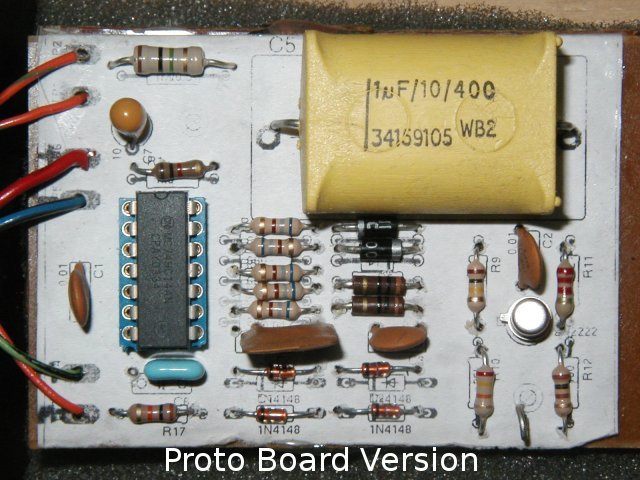
What is ESR?
"ESR" stands for equivalent series resistance. ESR is one of the characteristics that defines the performance of an electrolytic capacitor. Low ESR is highly desirable in a capacitor as any ripple current through the capacitor causes the capacitor to heat up due to the resistive loses. This heating accelerates the demise of the capacitor by drying out the electrolyte at an ever increasing rate. Over the lifetime of a capacitor, it is not uncommon for the ESR to increase by a factor of 10 to 30 times or even go open circuit. Typical lifetime ratings for electrolytics are 2000-15000 hours and are very dependent on ambient operating temperature. As the ESR increases, the filtering operation of the capacitor becomes impaired and eventually the circuit fails to operate correctly.
Features
Tests electrolytic capacitors > 1uf in circuit.
Caps may be tested in circuit or by bridging them across the terminal posts or using test leads.
Polarity insensitive testing.
Tolerates charged capacitors up to 400vdc.
Low battery draw (approx 25ma) resulting in about 20 hours of battery time when using 4 cheap AA nicads.
Easy to read analog meter.
Measures ESR range from 0-75ohms with an expanded scale A/C ohmmeter.
Circuit Description
See the schematic for component designations. The circuit starts with a 150khz oscillator using one gate of a 74hc14. The rest of the gates are used as buffers to increase the current drive to the low pass filter. The single pole low pass filter is necessary because the square wave signal contains a lot of energy in high frequency odd order harmonics. The output of the filter is applied across a 10 ohm load resistor that provides the low impedance drive signal to the test capacitor. Diodes D5 and D6 protect the circuit from discharge spikes if you happen to test a charged capacitor. R18 is used to discharge C5 so that you don't blow up anything if you alternately test charged high and low voltage caps. C5 isolates the test circuit from DC voltages up to 400 volts.
Be careful if you are testing high voltage capacitors... the safest way to work is to make sure the test capacitors are discharged before testing them. Be aware that high voltage capacitors can hold a lethal charge for several days depending on the circuit design. I learned this first hand in high school electronics class. Students (not to be named!) used to charge the caps and put them back on the shelf for the next unsuspecting victim to pick up.
The rest of the circuit is a very straight forward transistor amplifier with a gain of about 10.5. This amplifies the A/C signal passed through the test capacitor up to several volts in amplitude. The signal is then coupled to a full wave bridge rectifier that has the meter as its load. The threshold voltage of the bridge rectifier is used to an advantage and provides the expanded scale function of the ohm meter. The amplified voltage from the test capacitor must be great enough to overcome 2 diode drops before the meter will start to respond. This sets the high resistance threshold for the meter at somewhere between 75-100 ohms. The meter is zeroed by shorting the test leads together and adjusting the pot in the meter circuit for a full scale ( 0 ohms )reading on the meter. Proper operation of the circuit can be verified by checking several values of resistors with the meter. Shorted leads should indicate full scale, a 1 ohm resistor should read about 90% of full scale, a 10 ohm resistor should read about 40% of full scale and a 47 ohm resistor should barely move the needle to about 10% of FSD. The absolute readings will vary with temperature and battery voltage, but the idea is that most ESR values should be much less than 10 ohms which means good caps test at very close to full scale and bad caps test at little or no deflection.
The board below shows my second prototype. The top 2 wires run to the front panel banana test jacks, the middle 2 wires are the incoming switched 5 volts from the 4 AA nicads, and the bottom 2 wires run to the series combination of the zero adjust pot and the meter on the front panel.
How to use ESR Meter
1. Separate the test leads of the ESR meter so that the probes are not touching. Turn the meter on. If the meter has more than one mode, ensure that is set to ESR mode. The meter may perform an automatic calibration routine when powered on. If so, wait until it indicates it is ready to use. This may be indicated by an LED or an audible tone.
2. If the capacitor to be measured is in-circuit, ensure that the circuit is not energized. Unplug the electronic equipment the capacitor is installed in, if possible.
3. Discharge the capacitor before testing if the ESR meter does not do this automatically. Choose a high-wattage resistor with a resistance of between 5 and 50 times the rated voltage of the capacitor. Connect a test lead to each lead of the resistor. Carefully touch the other ends of the test leads to the leads of the capacitor and hold them there for a few seconds. Use a voltmeter to confirm that the capacitor is not charged. The voltmeter should show a value of zero.
4. Touch the ESR meter test probes to the leads of the capacitor. Read the ESR of the capacitor from the meter. It may be displayed as a deflection on an analog scale, a level on an LED bar scale or a digital readout. Some ESR meters also provide an audible tone indicating the range of the ESR.
5. Determine if the ESR is acceptable by comparing the measured ESR value with the guidelines provided with the meter.
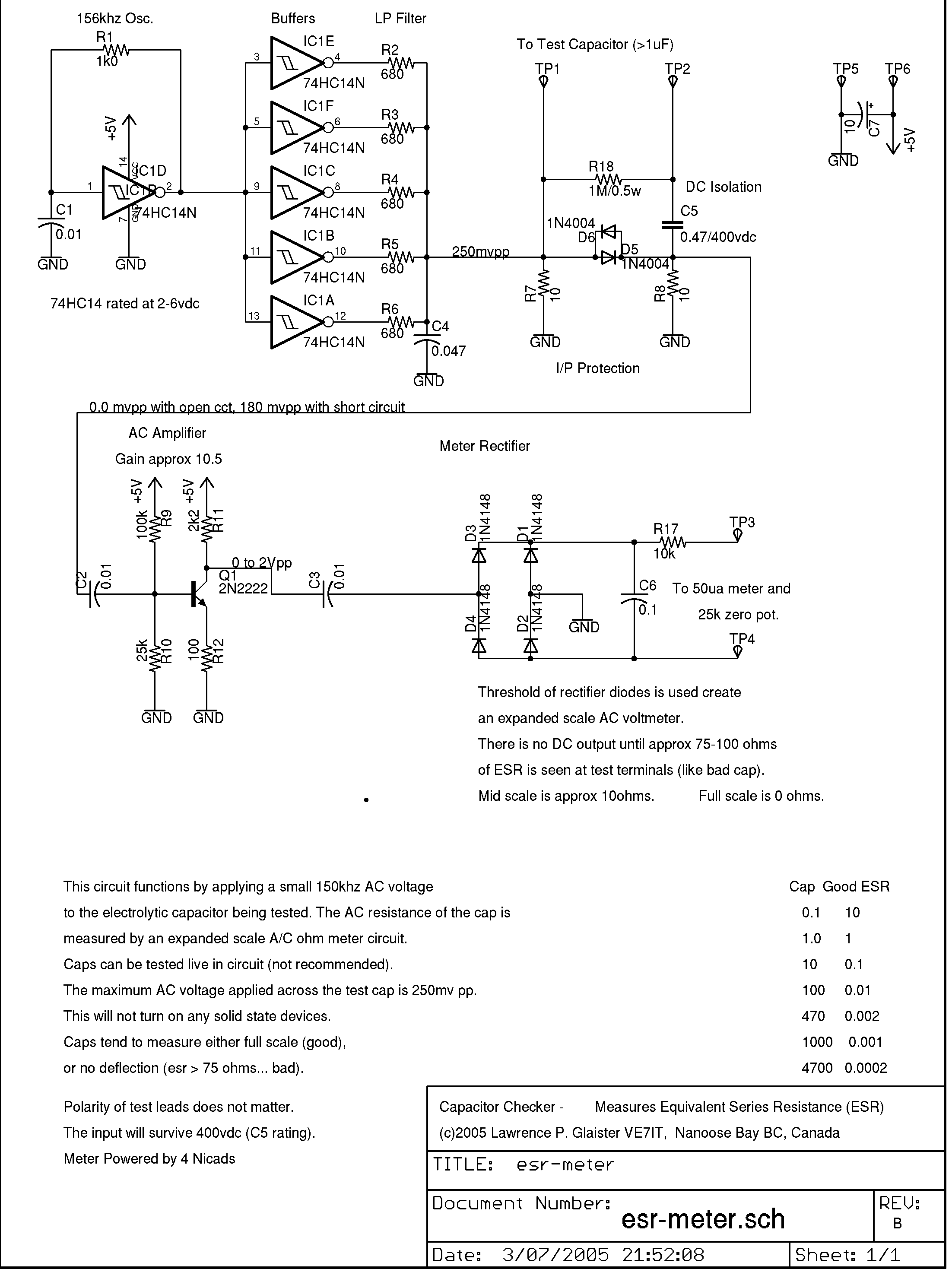
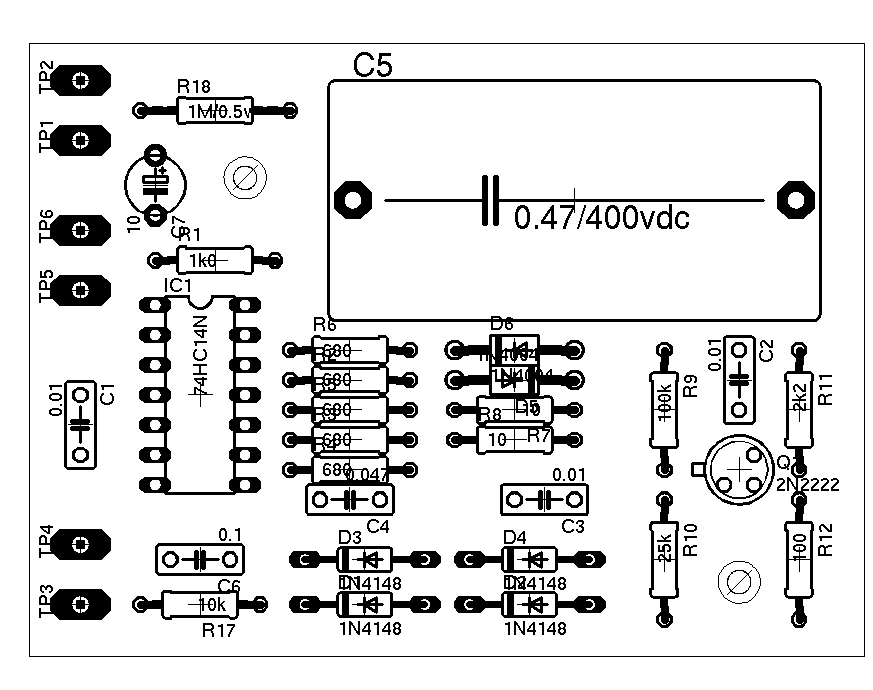
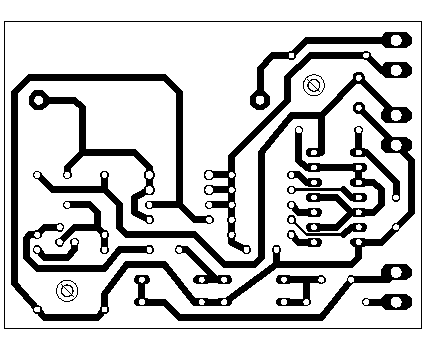
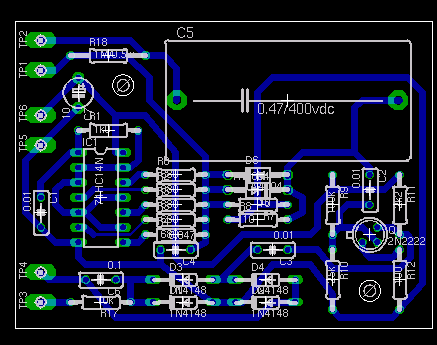
|
|
|
| |
Accurate LC Meter
Build your own Accurate LC Meter (Capacitance Inductance Meter) and start making your own coils and inductors. This LC Meter allows to measure incredibly small inductances making it perfect tool for making all types of RF coils and inductors. LC Meter can measure inductances starting from 10nH - 1000nH, 1uH - 1000uH, 1mH - 100mH and capacitances from 0.1pF up to 900nF. The circuit includes an auto ranging as well as reset switch and produces very accurate and stable readings. |
|
PIC Volt Ampere Meter
Volt Ampere Meter measures voltage of 0-70V or 0-500V with 100mV resolution and current consumption 0-10A or more with 10mA resolution. The meter is a perfect addition to any power supply, battery chargers and other electronic projects where voltage and current must be monitored. The meter uses PIC16F876A microcontroller with 16x2 backlighted LCD. |
|
|
|
60MHz Frequency Meter / Counter
Frequency Meter / Counter measures frequency from 10Hz to 60MHz with 10Hz resolution. It is a very useful bench test equipment for testing and finding out the frequency of various devices with unknown frequency such as oscillators, radio receivers, transmitters, function generators, crystals, etc. |
|
1Hz - 2MHz XR2206 Function Generator
1Hz - 2MHz XR2206 Function Generator produces high quality sine, square and triangle waveforms of high-stability and accuracy. The output waveforms can be both amplitude and frequency modulated. Output of 1Hz - 2MHz XR2206 Function Generator can be connected directly to 60MHz Counter for setting precise frequency output. |
|
|
|
BA1404 HI-FI Stereo FM Transmitter
Be "On Air" with your own radio station! BA1404 HI-FI Stereo FM Transmitter broadcasts high quality stereo signal in 88MHz - 108MHz FM band. It can be connected to any type of stereo audio source such as iPod, Computer, Laptop, CD Player, Walkman, Television, Satellite Receiver, Tape Deck or other stereo system to transmit stereo sound with excellent clarity throughout your home, office, yard or camp ground. |
|
USB IO Board
USB IO Board is a tiny spectacular little development board / parallel port replacement featuring PIC18F2455/PIC18F2550 microcontroller. USB IO Board is compatible with Windows / Mac OSX / Linux computers. When attached to Windows IO board will show up as RS232 COM port. You can control 16 individual microcontroller I/O pins by sending simple serial commands. USB IO Board is self-powered by USB port and can provide up to 500mA for electronic projects. USB IO Board is breadboard compatible. |
|
|
|
|
ESR Meter / Capacitance / Inductance / Transistor Tester Kit
ESR Meter kit is an amazing multimeter that measures ESR values, capacitance (100pF - 20,000uF), inductance, resistance (0.1 Ohm - 20 MOhm), tests many different types of transistors such as NPN, PNP, FETs, MOSFETs, Thyristors, SCRs, Triacs and many types of diodes. It also analyzes transistor's characteristics such as voltage and gain. It is an irreplaceable tool for troubleshooting and repairing electronic equipment by determining performance and health of electrolytic capacitors. Unlike other ESR Meters that only measure ESR value this one measures capacitor's ESR value as well as its capacitance all at the same time. |
|
Audiophile Headphone Amplifier Kit
Audiophile headphone amplifier kit includes high quality audio grade components such as Burr Brown OPA2134 opamp, ALPS volume control potentiometer, Ti TLE2426 rail splitter, Ultra-Low ESR 220uF/25V Panasonic FM filtering capacitors, High quality WIMA input and decoupling capacitors and Vishay Dale resistors. 8-DIP machined IC socket allows to swap OPA2134 with many other dual opamp chips such as OPA2132, OPA2227, OPA2228, dual OPA132, OPA627, etc. Headphone amplifier is small enough to fit in Altoids tin box, and thanks to low power consumption may be supplied from a single 9V battery. |
|
|
|
|
|
Arduino Prototype Kit
Arduino Prototype is a spectacular development board fully compatible with Arduino Pro. It's breadboard compatible so it can be plugged into a breadboard for quick prototyping, and it has VCC & GND power pins available on both sides of PCB. It's small, power efficient, yet customizable through onboard 2 x 7 perfboard that can be used for connecting various sensors and connectors. Arduino Prototype uses all standard through-hole components for easy construction, two of which are hidden underneath IC socket. Board features 28-PIN DIP IC socket, user replaceable ATmega328 microcontroller flashed with Arduino bootloader, 16MHz crystal resonator and a reset switch. It has 14 digital input/output pins (0-13) of which 6 can be used as PWM outputs and 6 analog inputs (A0-A5). Arduino sketches are uploaded through any USB-Serial adapter connected to 6-PIN ICSP female header. Board is supplied by 2-5V voltage and may be powered by a battery such as Lithium Ion cell, two AA cells, external power supply or USB power adapter. |
|
200m 4-Channel 433MHz Wireless RF Remote Control
Having the ability to control various appliances inside or outside of your house wirelessly is a huge convenience, and can make your life much easier and fun. RF remote control provides long range of up to 200m / 650ft and can find many uses for controlling different devices, and it works even through the walls. You can control lights, fans, AC system, computer, printer, amplifier, robots, garage door, security systems, motor-driven curtains, motorized window blinds, door locks, sprinklers, motorized projection screens and anything else you can think of. |
|
|
|